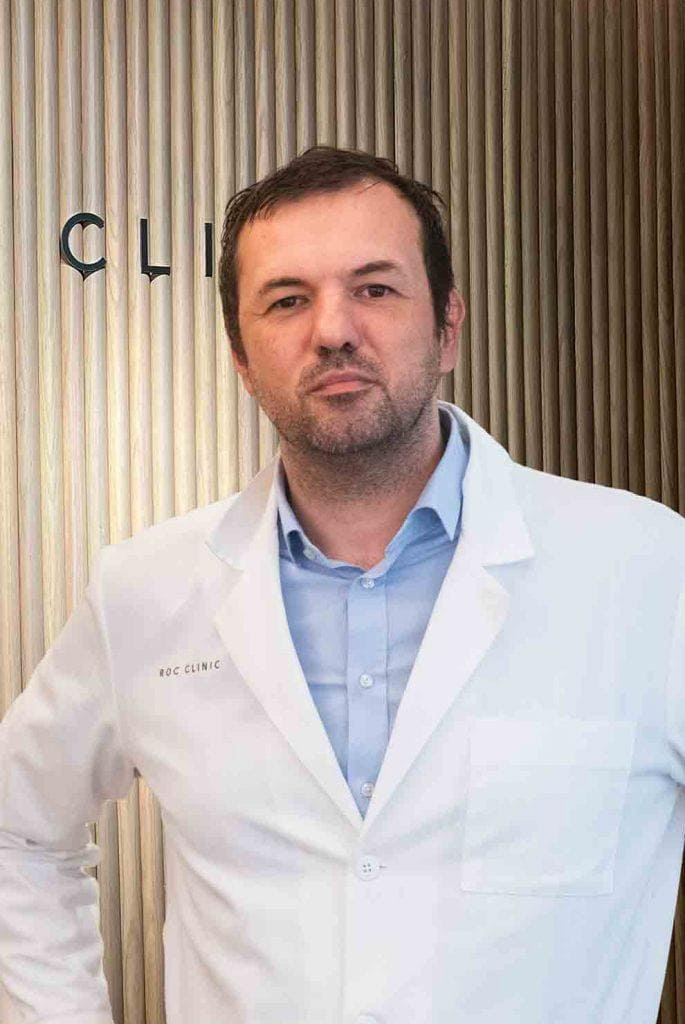Testosterone is the main male hormone and belongs to the group of androgens -also called steroids or anabolic steroids-. This hormone is produced in the testicles and provides male sexual characteristics such as facial hair, voice gravity and musculature, as well as acting on bone maintenance, physical and mental activity, sperm production, sexual desire, erection, etc.
All men need testosterone for a physically and psychologically healthy life. But the level of this hormone naturally decreases with age, by an estimated 2% per year from the age of 30-40. However, testosterone deficiency, also called hypogonadism, mainly affects men over the age of 50. Its prevalence is estimated at 2 to 5% of men at the age of 50, and reaches 30% of men at the age of 80.
Importantly, hypogonadism is associated with increased risk of heart disease, osteoporosis, loss of muscle mass, cognitive alterations and problems in the sexual sphere. Some studies indicate that a low testosterone level could be related to higher mortality.
Testosterone is produced mainly in the testes (95%) and suprarenal glands (5%) with a circadian rhythm (regulation of sleep and wakefulness states): testosterone concentration is highest between 7 and 11 a.m. and decreases the rest of the day.
The most common causes of testosterone deficiency syndrome are age, obesity, diabetes, metabolic syndrome, some medications (corticosteroids, morphine derivatives, anti-androgens) and various chronic diseases, especially those of an inflammatory nature.
The three most common symptoms of testosterone deficiency are decreased erotic thinking, a low level of sexual desire and a decrease in the number of nocturnal or morning erections. Testosterone deficiency produces symptoms in three different spheres: sexual, psychological/cognitive and somatic.
However, the symptoms of hypogonadism are nonspecific and often overlap with other conditions. For this reason, screening questionnaires for low testosterone are not commonly used, as they are often "falsely" positive in many situations other than testosterone depletion.
The diagnosis of hypogonadism is made by a combination of two blood tests in which low testosterone values are found together with symptoms of androgen deprivation. Before starting treatment it is necessary to perform a complete blood test with PSA values and a bone mineral density study.
As far as possible, the physician should try to find the cause of this hormonal decline in order to apply the appropriate treatment. Given that most cases of hypogonadism in adult men are related to obesity and metabolic syndrome (arterial hypertension, peripheral insulin resistance, obesity and elevated cholesterol levels), we must try to attack the factors that cause this situation. It is essential to propose a treatment based on lifestyle modification, based on a healthy and balanced diet (Mediterranean or vegetarian) together with targeted physical exercise.
Supplementation with exogenous testosterone significantly improves the results, so it is recommended to use it from the beginning of the treatment. Testosterone supplementation is contraindicated in some situations, such as active prostate or breast cancer, moderate or severe heart failure, sleep apnea-hypopnea syndrome and severe lower urinary tract symptoms.
At the beginning of the treatment, the best formulation of testosterone is the transdermal (percutaneous) route, which can be easily discontinued in case of side effects. After a certain period of time, it is possible to switch to long-term injectable supplementation, which achieves very stable testosterone levels with only one injection every 14 weeks.
Treatment of hypogonadism produces improvement in several areas: it increases the lean mass/fat mass ratio, improves the feeling of strength and sexual desire, as well as erectile function. The improvement is greater the lower the input testosterone.


 +34 912 627 104
+34 912 627 104 Contact
Contact






